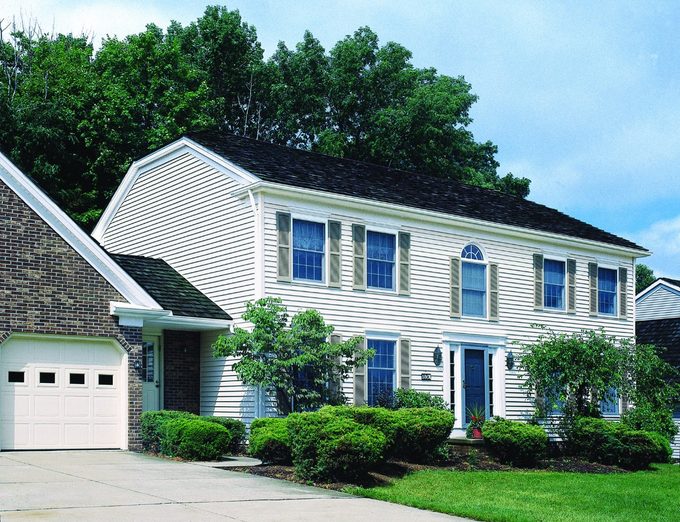7 Energy-Saving Home Improvement Tips That Can Save You Money
Updated: Feb. 22, 2023
One of the best parts about saving energy is that it can also save you money. Check out these seven tips that deal with essential parts of your home, including its HVAC system, siding, windows and doors.
Sponsored by Sears Home Services
One of the best parts about saving energy is that it can also save you money. Check out these seven tips that deal with essential parts of your home, including its HVAC system, siding, windows and doors. Are you guilty of neglecting these energy vampires?
1. Don’t underestimate the importance of insulation.
“A poorly insulated attic is the best place to start when it comes to improving comfort and saving on your heating and cooling costs,” says Sears Home Services product manager Jim Eldredge.
Schedule a visit with an expert to help you determine if your insulation is adequate. Many older homes don’t even have attic insulation, Eldredge adds.
“You want an R-value — how resistant an insulating material is to heat flow — of at least R-38,” he explains. “It’s a minimal starting point for most places in the U.S., but R-49 might be a base for colder regions like the Northeast.”
2. Add a radiant barrier to your roof deck or attic ceiling.
A radiant barrier is a highly reflective material that reflects radiant heat rather than absorbing it. When combined with insulation, “it provides substantially more energy efficiency than anything you can do on the top of the roof like shingles,” Eldredge says.
Applying a radiant barrier to the underside of the decking helps extend the life of your roof, keeps the decking and attic area cooler and provides additional energy efficiency throughout your house, he explains.
3. Caulk and weather-strip your windows.
A relatively inexpensive kid’s toy, called the Wizard Stick Fog Generator, can help you detect air leaks around your windows. Hold it up to the edges of your windows. If there’s a crack in the glass, if the windows aren’t fully closed or if you’ve got cracked caulking, you’ll see the fog float away. That’s like money for heating and cooling going right out the window.
4. Upgrade to dual-pane windows.
If you’ve got single-pane glass, upgrading is a no-brainer, Eldredge says. A single-pane window is quite literally one pane of glass separating you from the elements. Sears can install a vinyl dual-pane window, which should immediately reduce heat loss.
The basic dual-pane option has two panes of 1/8-inch-thick glass separated by an argon gas-filled space, which acts as a barrier to block heat or cold from getting inside.
5. Replace your home’s siding.
“Replacement is the only way to make siding more energy efficient,” Eldredge says. In other words, you can’t really patch up siding to make a significant difference.
“We install a ¾-inch foam insulation behind all of our siding,” he explains, “which helps to make the home more energy efficient.”
6. Upgrade your entry door.
Just as you would with windows, make sure everything’s getting a good seal, including the jambs and any caulking around the frame that’s cracked or missing. Check that any areas with glass are sealed well and have no cracks.
There are great options in fiberglass insulated entry doors.
“It will bump your curb appeal and definitely be more energy efficient than a door that’s 15 years old or more,” Eldredge says.
7. Schedule regular HVAC maintenance.
You wouldn’t drive your car around without doing basic maintenance. It’s the same with your home’s heating and cooling system. Do the basics, like periodically changing the air filter, making sure the drain line is clear and cleaning out ducts so airflow isn’t obstructed.
Sears will come out to your home for a checkup of your overall system — and for added peace of mind, the company offers a subscription filter delivery.
